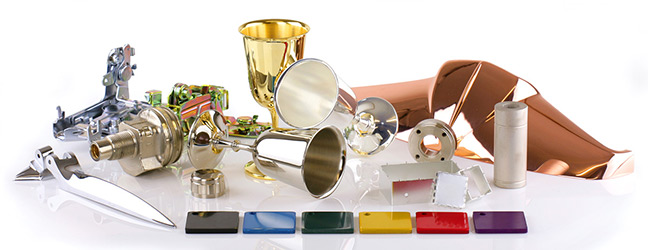Hard Vs Aluminium Anodising: Which Is Best?
Even though many objects that we use every day go through the anodising process, many people still ask, ‘what is anodising?’. The anodising process is very popular in many industries and has several key benefits. There are also many different types of anodising depending on the base metal that you use. Each anodised metal has unique properties that make it suitable for certain applications. Two of the most common forms of anodising are hard anodising and aluminium anodising. As a company that provides anodising services, we understand which type of anodising is suitable for which product. Read on to discover more about hard and aluminium anodising.
What is anodising?
Anodising is a chemical process that increases the thickness of the surface of a metal. The anodising process changes the texture of the metal surface at a microscopic level. The main benefit of anodising a metal is the increased corrosion resistance. It is also useful in changing the appearance of metal.
Aluminium Anodising
Aluminium is a widely used material in manufacturing and engineering. It is lightweight, corrosion-resistant and is good value for money. However, if left untreated aluminium has low wear resistance. This means that it can oxidise and corrode if it is not protected. This is why aluminium anodising is such a popular anodising process. After submerging the aluminium in an acid electrolyte bath, an electrical current is then passed through the solution. This causes a layer of oxygen to form on the surface of the metal.
The quality of the aluminium anodising depends on a few factors including the temperature and concentration of the solution and the current that passes through. In order to achieve a thicker anodised layer, the metal stays in the solution for longer. Aluminium anodising enhances the aluminium base metal in several ways. Firstly, there is no risk of corrosion or abrasion. It also improves the physical appearance of the metal as colour anodising gives a range of aesthetic options. Aluminium anodising is very popular in the aircraft and technology manufacturing industries.
Hard Anodising
There are some key differences between aluminium and hard anodising. Hard anodising creates a thicker surface for a more durable finish. To create this effect, the hard anodising process involves using lower temperatures and higher current density. Because hard anodising has higher wear resistance, it’s used slightly differently than aluminium anodising. Hard anodising any product makes it incredibly durable and is therefore ideal for tough environments. Another benefit of hard anodising is the heat resistance and thermal properties. Aluminium that has been hard anodised will withstand extremely high temperatures. The hard anodising process is very common in the manufacturing of machinery and vehicles. Products like gearboxes, brakes and hydraulic systems are all normally hard anodised.
If you are looking for hard or aluminium anodising in Dorset, get in contact with a member of the Dorsetware team today. We offer a range of anodising services and have years of experience with metal coating, masking, and plating. To speak to one of our specialists, give us a call on 01202 677939 or fill out our online contact form.

